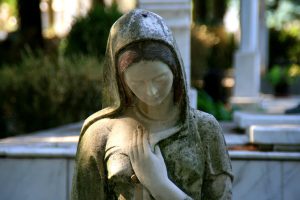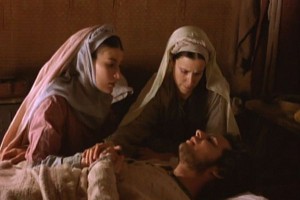***
Return to your rest, my soul,
for the Lord has been good to you.
For you, Lord, have delivered my soul from death,
my eyes from tears,
my feet from stumbling,
that I may walk before the Lord
in the land of the living.
Psalm 116:7-9
Nearly 13 months ago I took a chance and answered a message from a nice looking man named Christian on an online dating site. His profile identified him as a follower of Jesus and a widower who had cared for his wife through a two-year terminal illness. Reading between the lines, I sensed a good-natured man of integrity. He seemed like he might, at the very least, be good friend material. I agreed to my first, first-date in 38 years. So weird.
I had set up my dating site profile four months earlier and had experienced practically no interactions up until then, which was fine. With a couple of years of grieving over my broken marriage out of the way, I felt mostly content with my life—fulfilling job, healthy church, rich female friendships and challenging volunteer work. Still scarred and a little cynical about men (and God, to be honest), I felt no real urgency to have another man in my life and expected that dating would be about an even mix of thrill and disappointment. (Read More)







